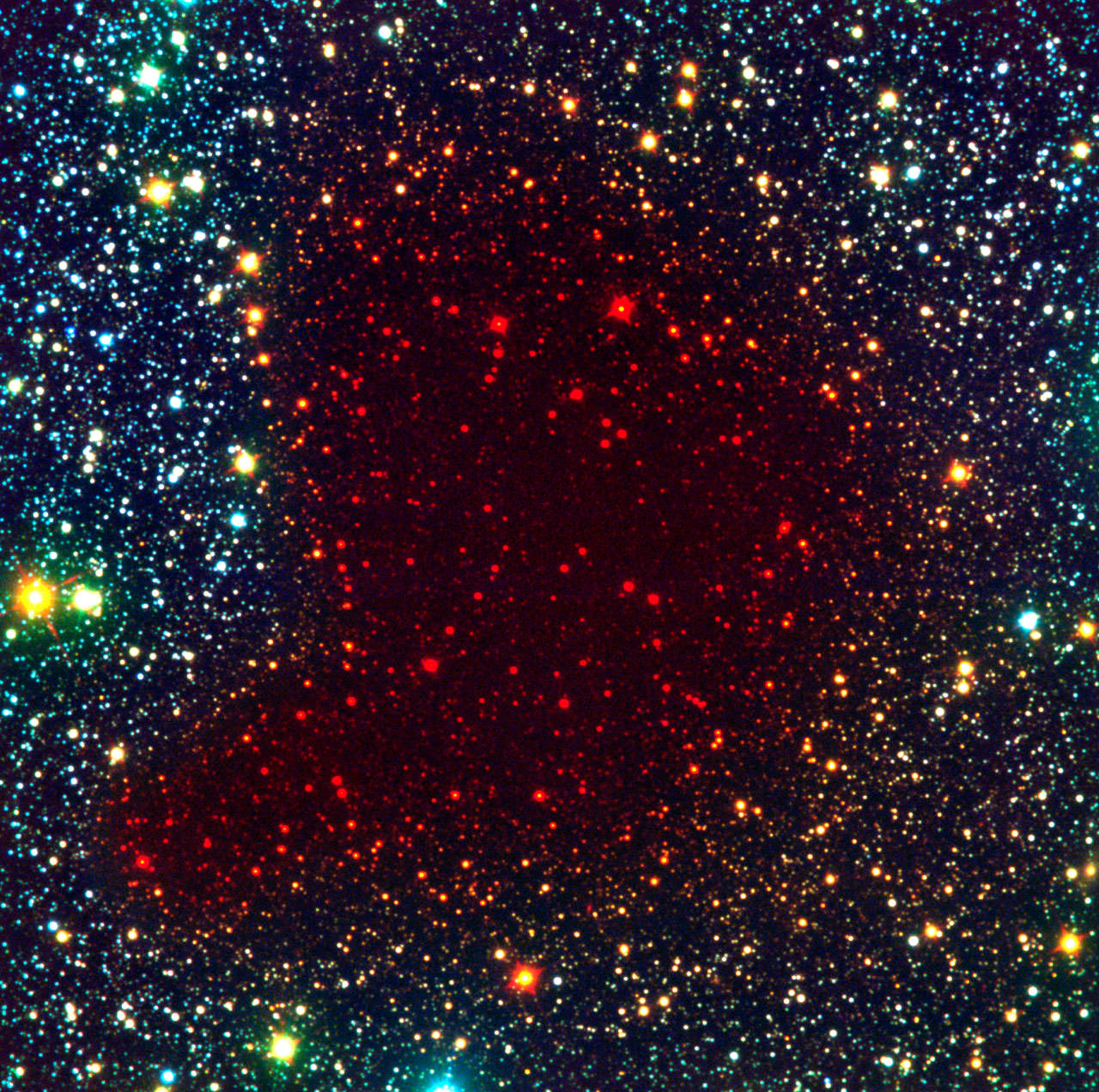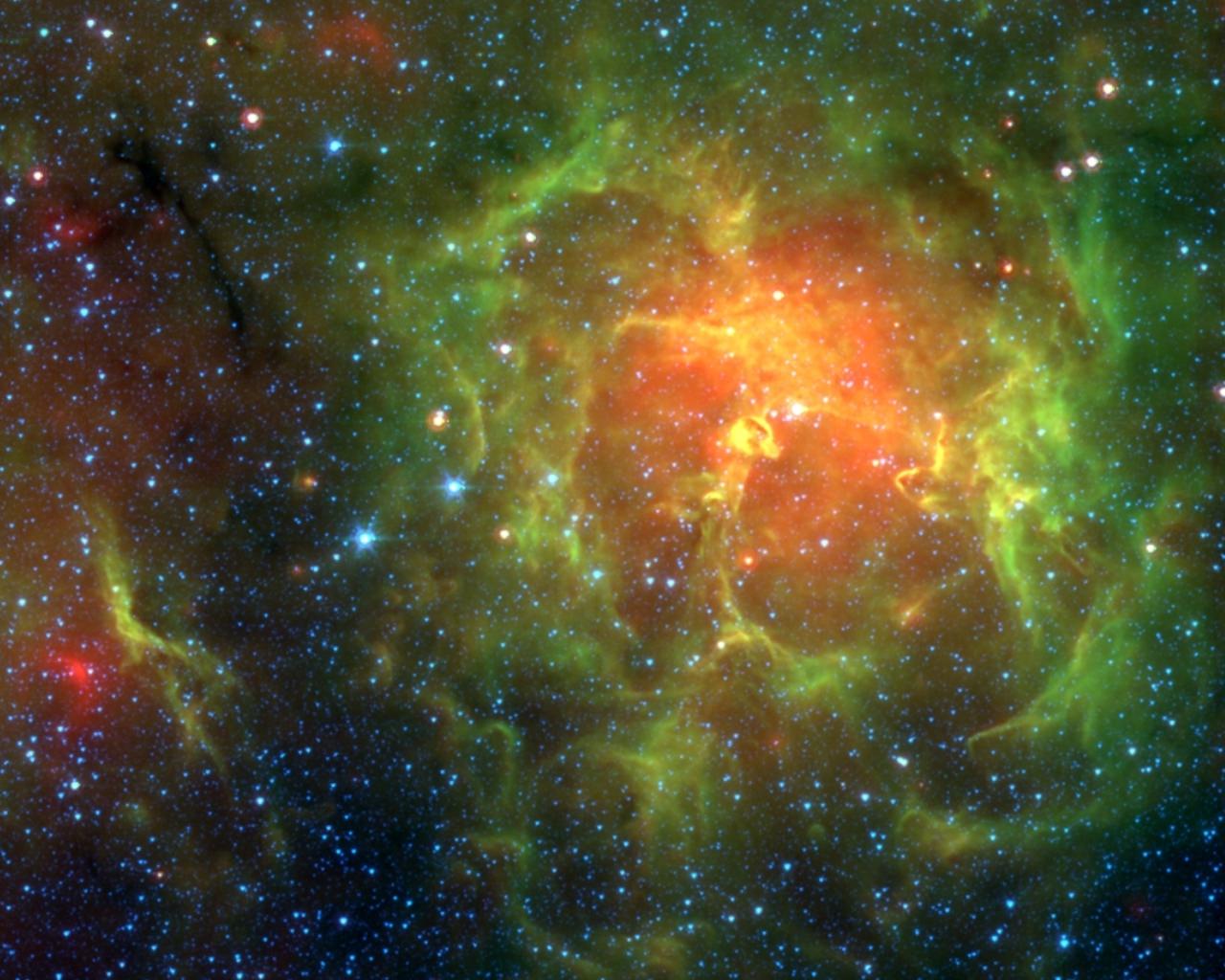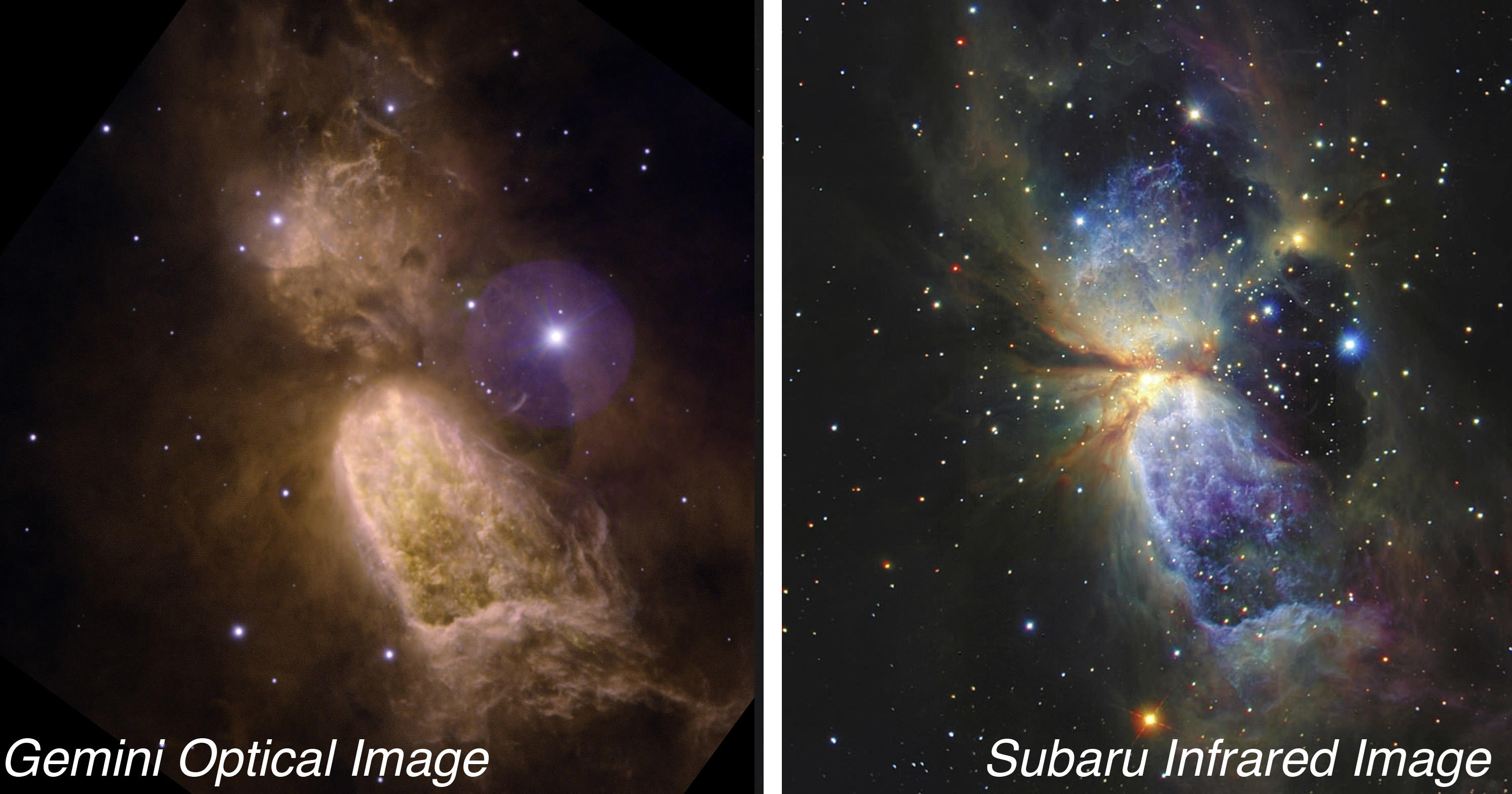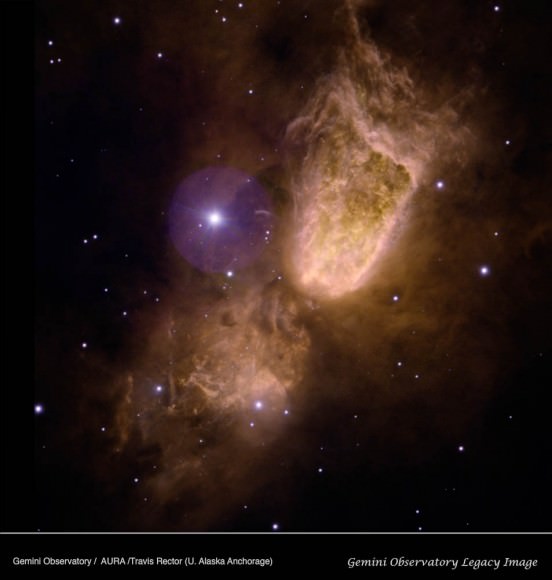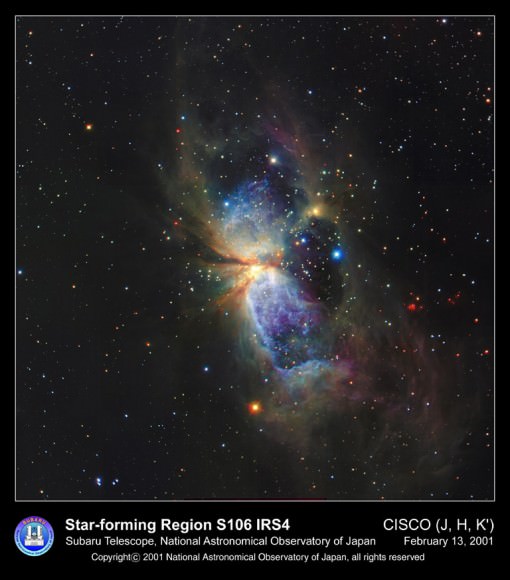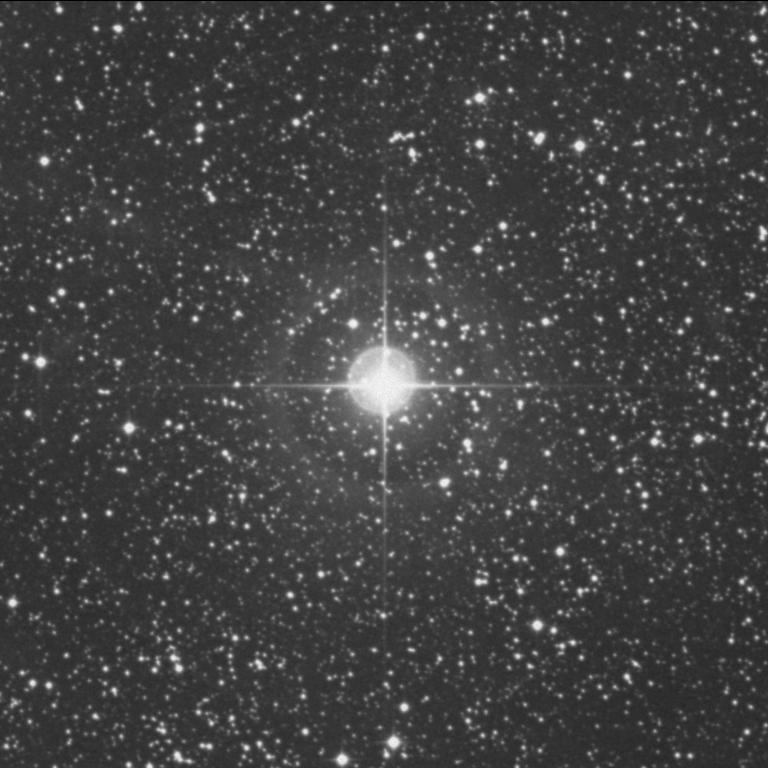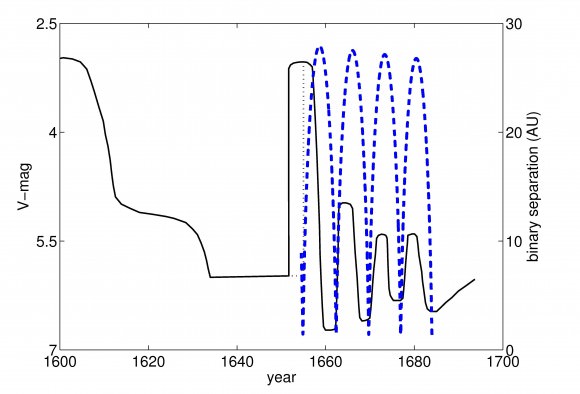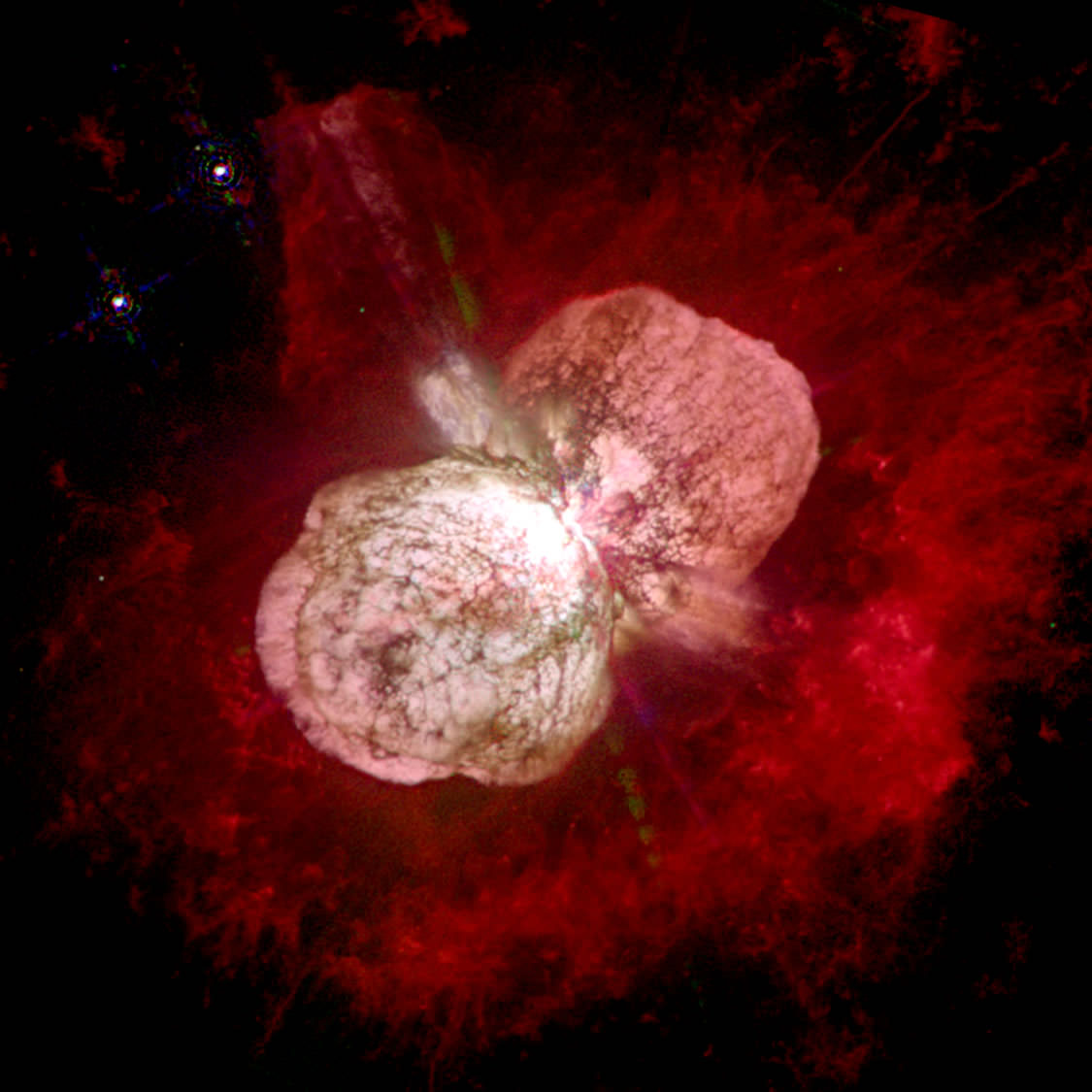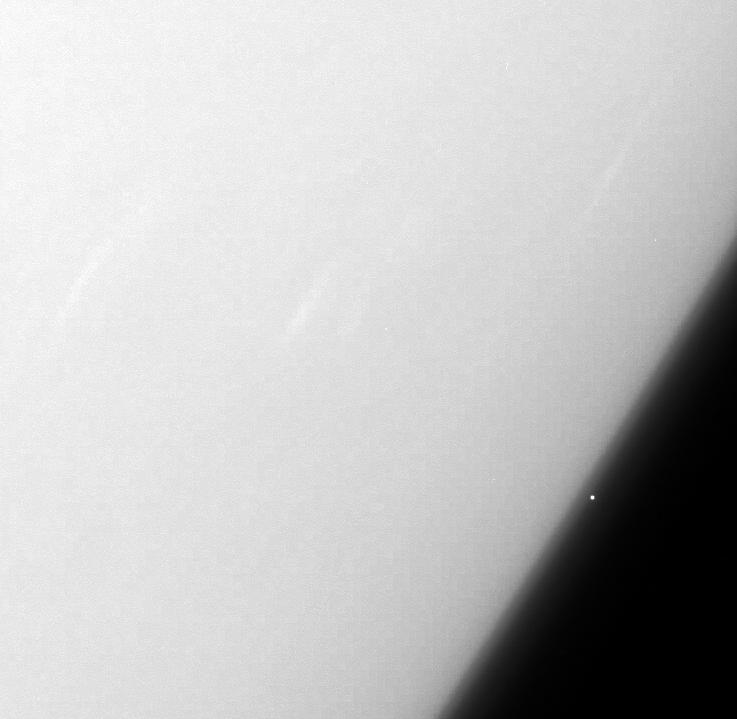[/caption]
There are few things in astronomy more awe inspiring and spellbinding than the birth of a star. Even though we now understand how they are formed, the sheer magnitude of it is still enough to stir the imagination of even the most schooled and cynical academics. Still, there is some degree of guesswork and chance when it comes to where stars will be born and what kind of stars they will become. For example, while some stars are single field stars (like our Sun), others form in groups of two (binary) or more, sometimes much more. This is what is known as a Star Cluster, by definition, a group of stars that share a common origin and are gravitationally bound for some length of time.
Thereare two basic categories of star clusters: Globular and Open (aka. Galactic) star clusters. Globular clusters are roughly spherical groupings of stars that range from 10,000 to several million stars packed into regions ranging from 10 to 30 light years across. They commonly consist of very old Population II stars – which are just a few hundred million years younger than the universe itself – and are mostly yellow and red. Open clusters, on the other hand, are very different. Unlike the spherically distributed globulars, open clusters are confined to the galactic plane and are almost always found within the spiral arms of galaxies. They are generally made up of young stars, up to a few tens of millions of years old, with a few rare exceptions that are as old as a few billion years. Open clusters also contain only a few hundred members within a region of up to about 30 light-years. Being much less densely populated than globular clusters, they are much less tightly gravitationally bound, and over time, will become disrupted by the gravity of giant molecular clouds and other clusters.
Star clusters are particularly useful to astronomers as they provide a way to study and model stellar evolution and ages. By estimating the age of globular clusters, scientists were able to get a more accurate picture of how old the universe is, putting it at roughly 13 billion years of age. In addition, the location of star clusters and galaxies is believed to be a good indication of the physics of the early universe. This is based on aspects of the Big Bang theory where it is believed that immediately after the creation event, following a period of relatively homogenous distribution; cosmic matter slowly gravitated to areas of higher concentration. In this way, star clusters and the position of galaxies provide an indication of where matter was more densely distributed when the universe was still young.
Some popular examples of star clusters, many of which are visible to the naked eye, include Pleiades, Hyades, the Beehive Cluster and the star nursery within the Orion Nebula.
We have written many articles about star cluster for Universe Today. Here’s an article about a massive star cluster discovered, and here are some amazing star cluster wallpapers.
If you’d like more information on stars, check out Hubblesite’s News Releases about Stars, and here’s the stars and galaxies homepage.
We’ve done many episodes of Astronomy Cast about stars. Listen here, Episode 12: Where Do Baby Stars Come From?
Sources:
http://en.wikipedia.org/wiki/Star_cluster
http://universe-review.ca/F06-star-cluster.htm
http://outreach.atnf.csiro.au/education/senior/astrophysics/stellarevolution_clusters.html
http://www.sciencedaily.com/articles/s/star_cluster.htm
http://en.wikipedia.org/wiki/Stellar_populations#Populations_III.2C_II.2C_and_I
http://www.sciencedaily.com/articles/g/galaxy_formation_and_evolution.htm


